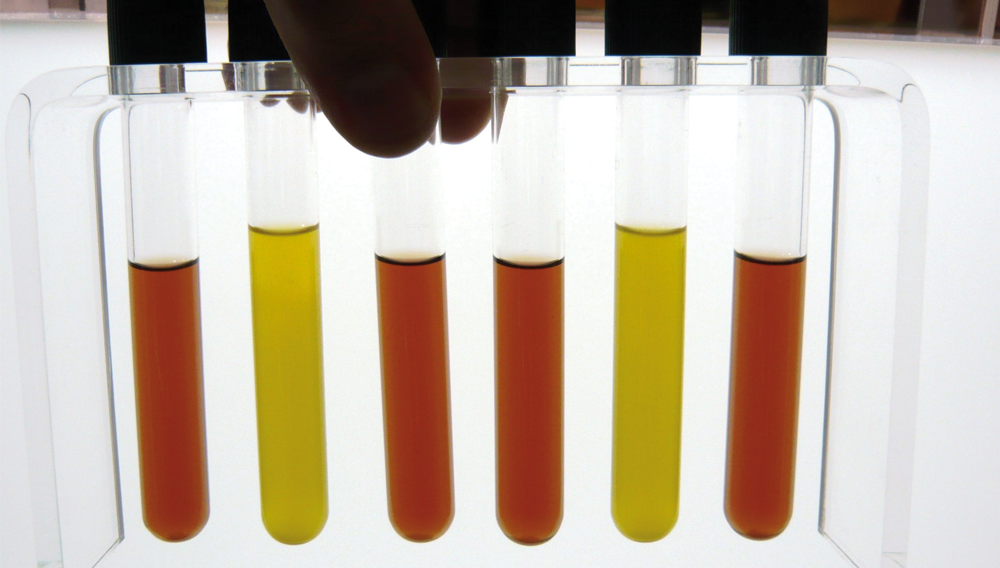The biotechnology company now offers two new real-time PCR tests for the detection of the most important spoilage yeasts in beer, alcoholic mixed beverages and soft drinks: the foodproof® Spoilage Yeast Detection 1 + 2 LyoKits.
As part of a longstanding partnership, measuring instrument specialist Anton Paar and statistical process control (SPC) solutions provider InfinityQS® have launched a guide for setting up the interface between Davis 5 and Enact® or ProFicientTM software.
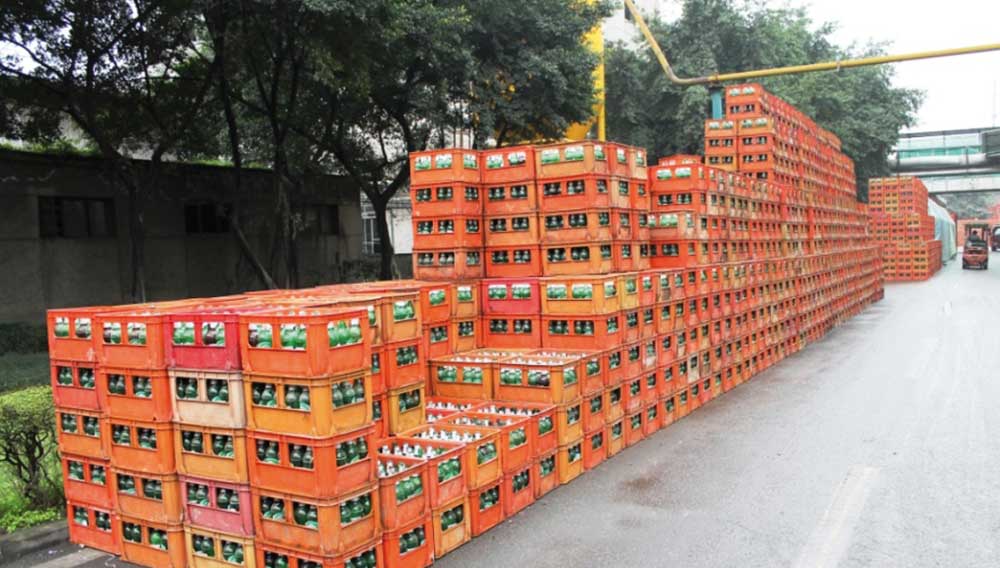
QA controlled documents | In Part 1 of this series of articles (see BRAUWELT International No. 3, 2018, pp. 218-221), the historical cooperation between brewery chemists, microbiologists or laboratory technicians (“QA”) and master brewers, process managers and packaging line managers (“master brewers”) was discussed. It was found that QA and master brewers need each other, but also that they are sometimes not aware of this.
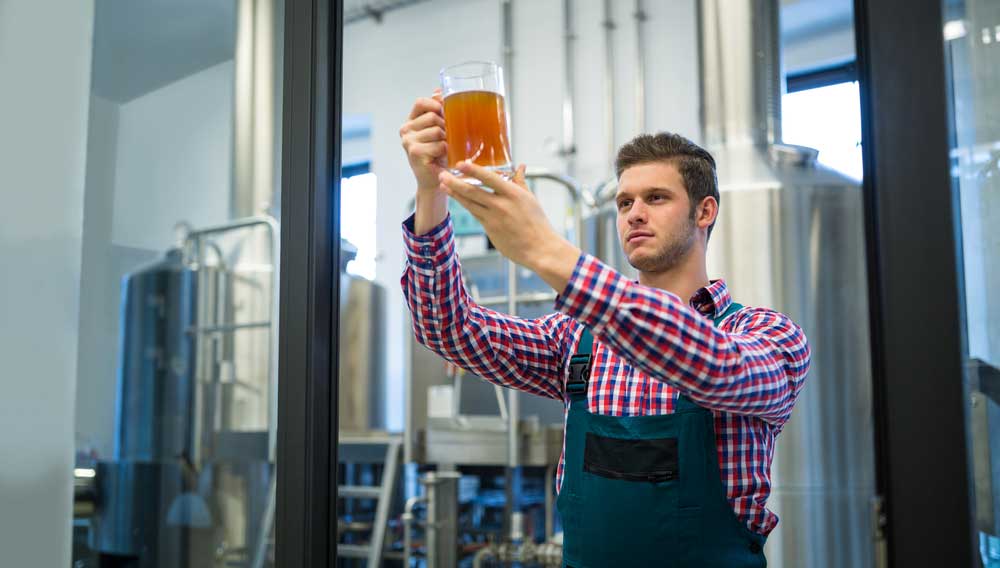
Optimised | Every brewery aims at producing microbiologically perfect beer. For quality assurance, rapid, safe and simple methods are needed, in particular for detection of traces of beer-spoilage bacteria (BSB). Enrichment in the new, ready-to-use NBB®-PCR broth supplied by Döhler GmbH, Darmstadt, in combination with a PCR detection system, provides an optimal solution.
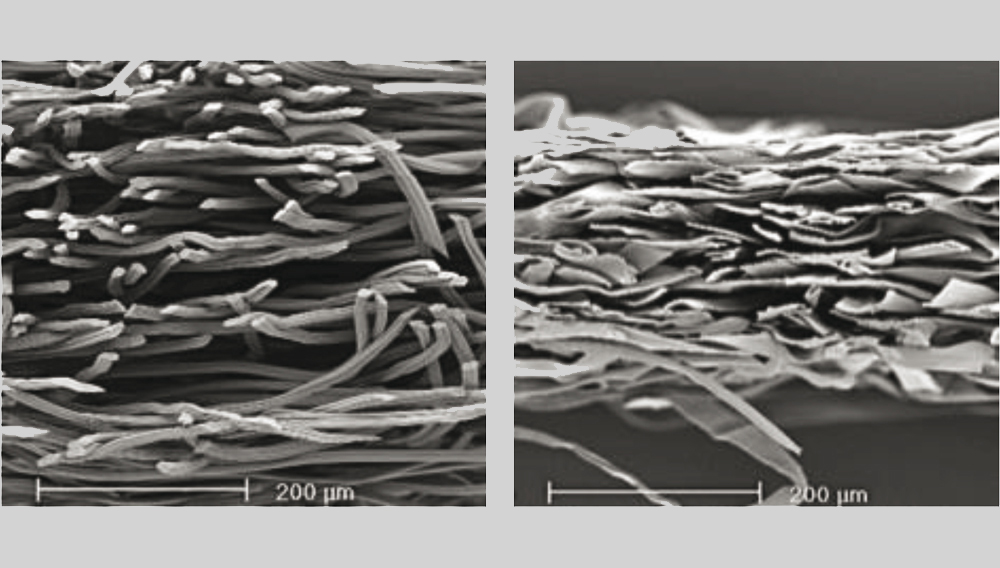
Controlled Compression | Fibrous filter aids such as viscose and cellulose differ significantly from kieselguhr or perlite in that they form a compressible filter cake during precoating onto a carrier element. Depending on compression, permeability and porosity of the cake vary. A novel process for filtration using fibrous filter aids takes advantage of this property.

The “Oscars” for Beer | The European Beer Star is considered to be one of the most successful and established beer competitions of its kind. Since its inception, the number of breweries entering beer has been growing steadily along with the number of style categories. To manage such an event, the organization has to be well thought out. After all, all of the beers in the competition must not only arrive in the best possible condition, they must also be coded so that the members of the tasting panel do not know who brewed them. How does it work? We visited Doemens Academy in Gräfelfing, Germany, to have a look behind the scenes at the preparations leading up to the European Beer Star.
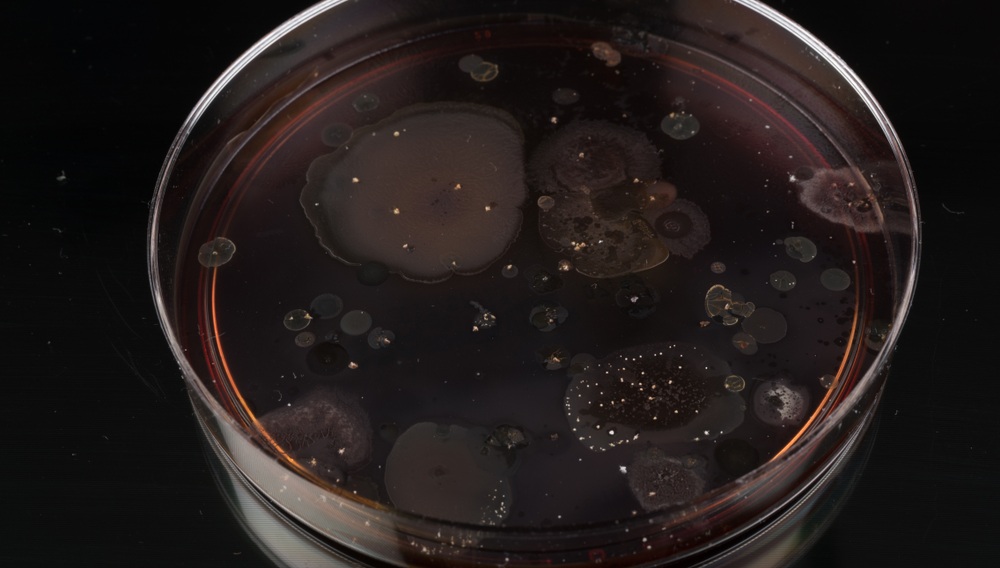
Attractive alternative | Mass spectrometry profiling is an emerging technology for the identification of spoilage microorganisms in breweries, enabling high throughput identifications to the species level without the need for specialist personnel. Here we provide a detailed cost analysis, which demonstrates a significantly lower per-sample running cost as compared to polymerase chain reaction (PCR). This renders mass spectrometry profiling as an attractive alternative for microbial identification in breweries.
Wort preparation is at the heart of beer production, yielding wort for fermentation from water, malt and hops natural raw materials. The fourth part of this series of publications provides an ultimate answer to the issue of the best process for removing DMS from wort.
Freshly tapped beer is something special, but there are always certain faux pas to be avoided at the draft beer bar. Since aroma and flavor are the primary criteria for assessing draft beer, this article provides an overview of possible faults which can be introduced into the product once it has been connected to a dispensing system or through contamination by certain microorganisms.
Emanating from the global spread of creative beers, interest in hop varieties imparting new nonconventional flavours is rising. Once they are added in the right amount and at the correct time, brewers can perform magic, playing around with a multiplicity of beer flavours – from earthy, resinous to citrus and tropical fruit flavours. The rising demand for hops for exceptional beers also has an influence on German varieties grown. The acreage strung for harvest with the Mandarina Bavaria Hüll breeding variety e.g. with 200 ha overall area has more than doubled compared to the previous year.
The Fraunhofer ICT-IMM (Institute for Chemical Technology – Branch Institute for Microtechnology Mayence) and Doehler are collaborating in the development of a new microbiological detection method based on microfluidics. Doehler, producer of natural ingredients for the food and beverage industry, offers a complete portfolio of solutions for detecting microorganisms in beverages under its DMD (Döhler Microsafety Design) brand. A recently agreed innovation cooperation project calls for Doehler, together with the Fraunhofer ICT-IMM, to examine how microfluidic solutions can support beverage manufacturers in detecting microorganisms to ensure that the quality of their products is consistently recorded in the shortest possible amount of time.

